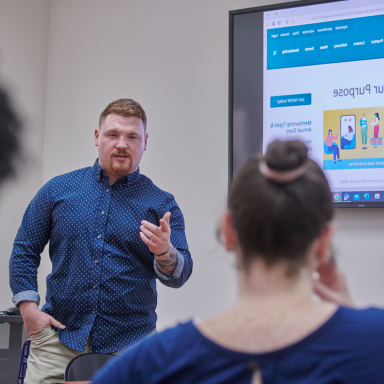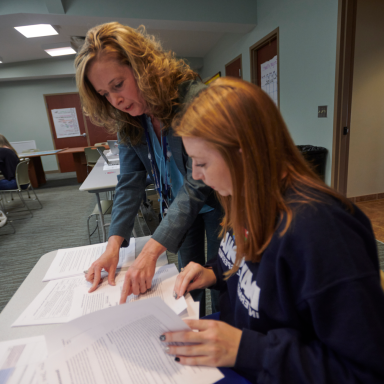
Federal Direct Subsidized and Unsubsidized Loans are low-interest loans lent to students by the U.S. Department of Education (ED). To qualify, the student must complete the Free Application for Federal Student Aid (FAFSA), meet the federal student aid eligibility requirements, and enroll at least half-time in a degree-seeking program. Borrowers go into repayment six months after they graduate, leave school, or drop below half-time enrollment. Direct Subsidized Loans are only available to undergraduate students who demonstrate financial need. The U.S. Department of Education pays the interest on a Direct Subsidized Loan while the student is in school at least half-time, for the first six months after the student leaves school, and during periods of deferment. Borrowers are responsible for paying the interest on a Direct Unsubsidized Loan during all periods. In addition to interest, ED charges a 1.057% loan origination fee on Federal Direct Subsidized and Unsubsidized Loans. The fee is proportionately deducted from each loan disbursement.





